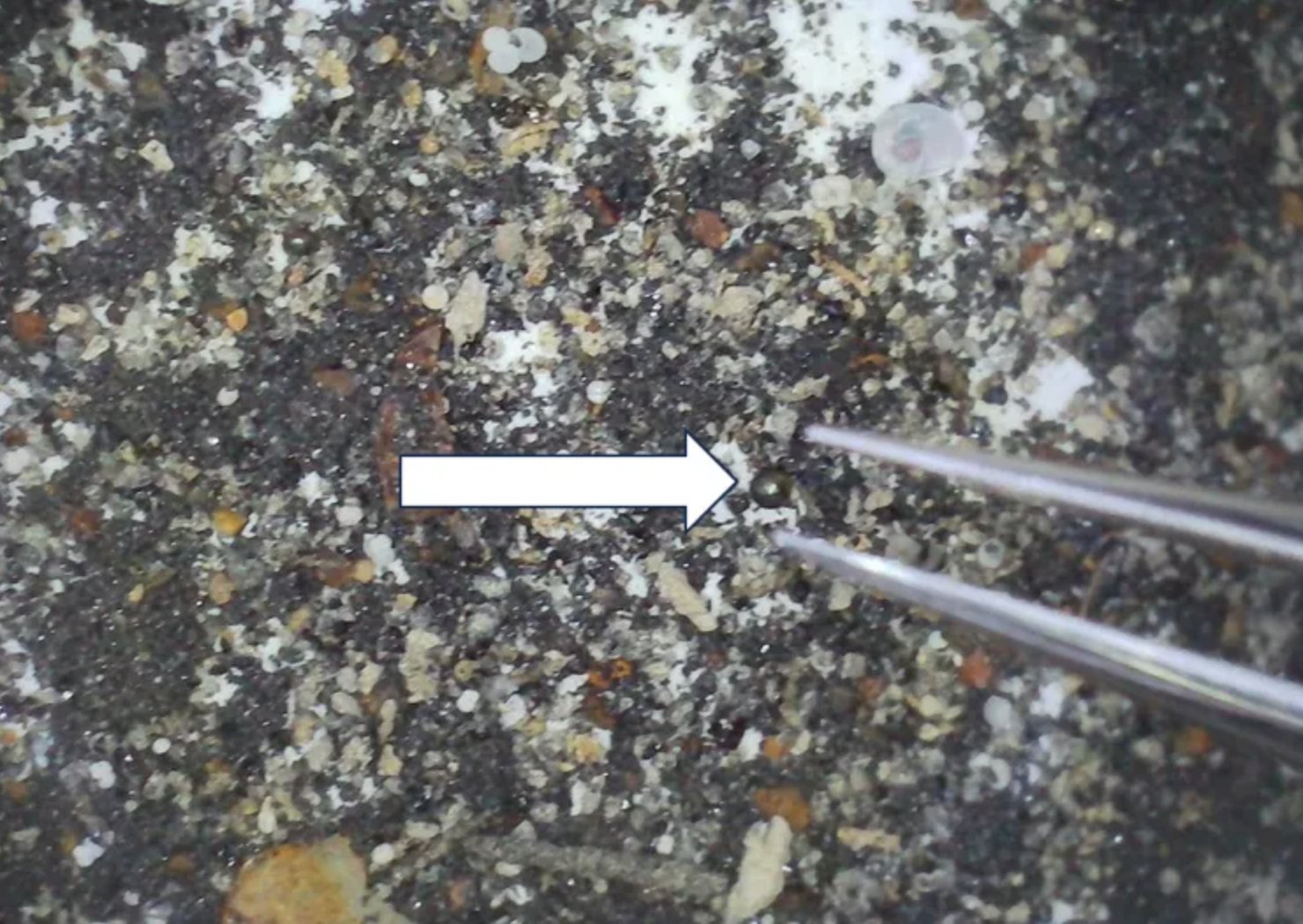
A Harvard scientist, who first suggested evidence of alien life in the Pacific Ocean, now unveils further compelling findings. Around ten percent of these fragments has elements not found in our solar system.
Avi Loeb, a physicist, explained that after studying 850 small round objects, they discovered a new type of composite called BeLaU. This mix is different from coal ash, which some people thought these fragments were composed of.
The elements in this mix—including Beryllium, Lanthanum, and Uranium—are found on Earth. However, their blending is unlike alloys found naturally on our planet.
“We studied more than a dozen BeLaU spherules and showed that they are distinctly different from coal fly ash based on the abundances of 55 elements from the periodic table,” said Loeb.
“Beyond any reasonable doubt, this rules out the coal ash interpretation that was suggested by four people.”
Earth’s first interstellar visitor
The recent discovery by the team now suggests the IM1 meteor spotted streaking across the skies in 2014 was actually the first “visitor” from another star system to ever reach Earth.
In his latest paper, the Harvard physicist identifies the various types of spherules found in the samples. These samples were carefully analyzed by three different laboratories, namely the University of California, Berkeley, Bruker Corporation, and Harvard University.
The samples were divided into three main types based on their composition: silicate-rich spherules (S-type), iron-rich spherules (I-type), and glassy spherules (G-type). Approximately seventy-eight percent of the spherules belong to the S, G, and I types.
Harvard Scientist Presents New Evidence That Samples Are Alien Spacecraft
"It raises the possibility that it may have been a voyager-like meteor, artificially made by another civilization."
Harvard professor and notorious UFO hunter Avi Loeb claims he has new evidence that… pic.twitter.com/5HII7zPHZA
— Owen Gregorian (@OwenGregorian) February 7, 2024
The study states, “These spherules are thus called differentiated, meaning they are likely derived from crustal rocks of a differentiated planet; we label them as D-type spherules, characterized by Mg/Si.”
Again, another group, known as “differentiated,” was identified to possess higher levels of silicon (Si) and magnesium (Mg), as well as increased ratios of aluminum (Al) and silicon (Si).
Out of the 850 spherules studied, approximately twenty-two percent were classified as differentiated.
Composition of spherules different from known solar system meteors
The team utilized a distinct method to pinpoint spherules containing higher amounts of beryllium (Be), lanthanum (La), and uranium (U).
Using this method, they identified ten D-type spherules as BeLaU with low-silicon (Si) content and two as BeLaU with high-silicon (Si) content.
Loeb clarified that while it is evident the fragments originate from a material that separated from a rock-like object, their chemical makeup differs from any known solar system material, with a component resembling the lunar crust being the closest match.
“The elemental composition of the BeLaU spherules was never reported in the scientific literature and is different from familiar spherules from known solar system meteors,” said Loeb.
See all the latest news from Greece and the world at Greekreporter.com. Contact our newsroom to report an update or send your story, photos and videos. Follow GR on Google News and subscribe here to our daily email!



